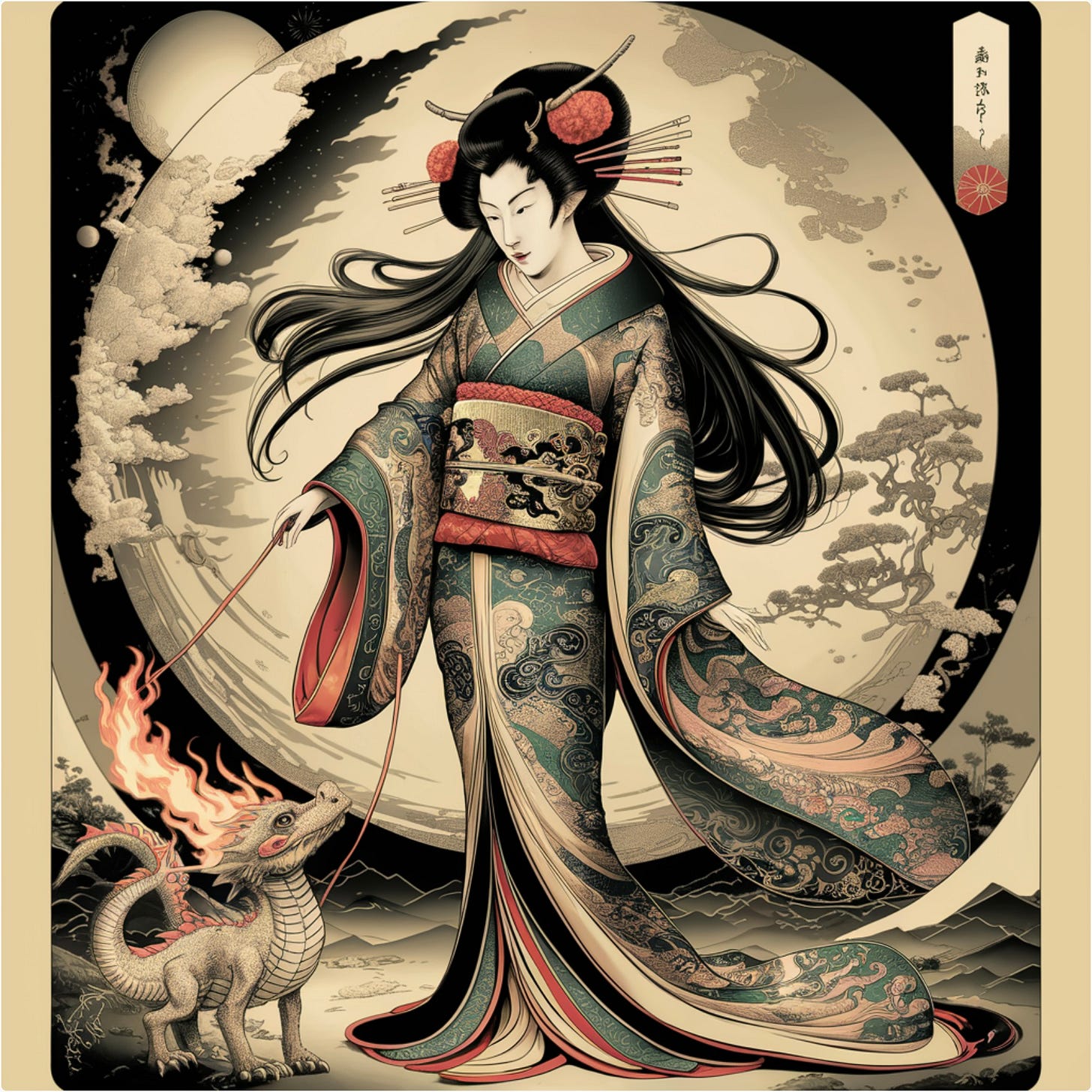Prompted by a comment on a previous post (please keep them coming), I contacted this Japanese-sounding firm in Paris to ask for samples. They came in a package from Texas. Gone and unlamented are the days when all French perfumery happened in Départements 06 and 75.
Smelling them, I was reminded of the first time I heard electronic sounds on Wendy Carlos’s album Switched-On Bach in 1968. Bob Moog’s genius invention of the synthesizer took the uncanny idea of the theremin, added infinite control on timbre and a virtuoso keyboard, and changed music forever. Of course, part of the fascination of Bach was that the ensemble playing always had a clockwork quality, so the early Moog-Bach marriage was made in heaven.
Six years later, however, the Japanese composer Isao Tomita remade Debussy, the least mechanical music of all, using his own invented synthesizer sounds, which Debussy would unquestionably have loved. My interest in olfaction as a spectral sense has made me wonder whether the way we process information from smell resembles the way we process color or instead how we process sound. I incline to the latter. This is no doubt in part due to the fact that my color vision is not great. (My mother was a professional colorist and was often frustrated at my inability to see the difference between two swatches of fabric.)
If, as it feels to me, smell has a sort of timbre, then it’s fair to say that much of perfumery has been playing from a standard set of orchestral instruments, and that perfumery crumhorns, ophicleides and kalimbas are few and far between. We now know that timbre governs melody and harmony. It is therefore no surprise that Debussy’s turn away from classical tonal and toward modal harmony was influenced by hearing gamelan percussion, with its anharmonic sounds, at both the 1889 and 1900 Exhibitions. It took another seventy years and the invention of the synthesizer for a musical instrument to come along with the right timbre for his ideas.
The most recognizable perfumery raw materials, such as rose or citrus, end up associated with entire genres of perfumery and, through them, personality types. Smelling entirely new materials therefore feels like it opens doors to alternate ways of thinking and behaving. I think I have learned more philosophy from fragrance and Magritte paintings than from all my reading combined.
All this to say that the Senyokō perfumes really got me thinking. As ever when encountering something new, it is hard to predict what effect it will have on oneself and others. Are these wearable perfumes? If not, what changes are needed to either us or the fragrance to make them so?
For paid subscribers: reviews of Hora de la Verdad Sombra, Migration de l’Arbre, Madama Butterfly II, Duo des Fleurs, La Tsarine, Une Ile Pluvieuse.
Keep reading with a 7-day free trial
Subscribe to Luca Turin on perfume etc. to keep reading this post and get 7 days of free access to the full post archives.




